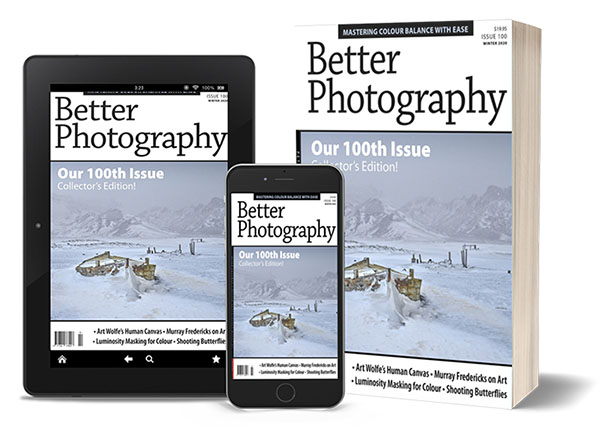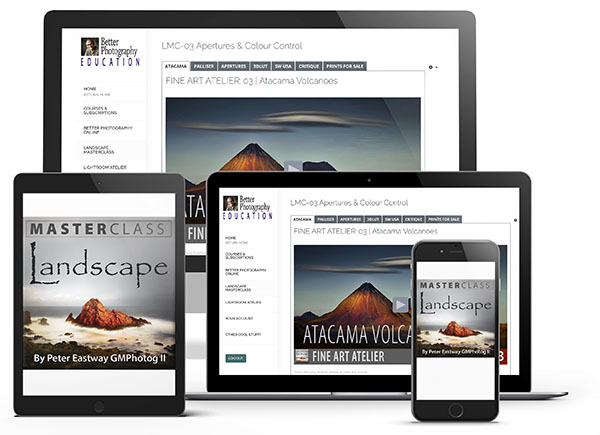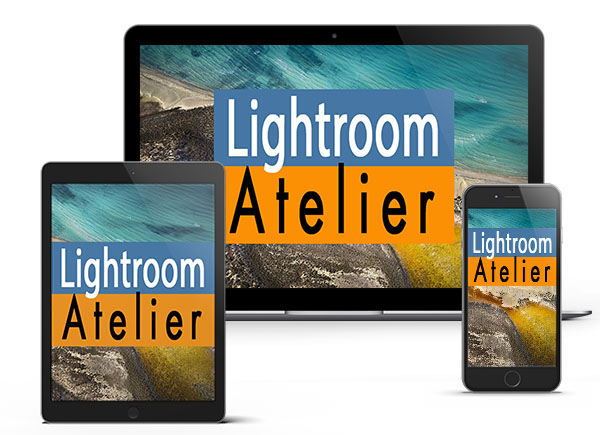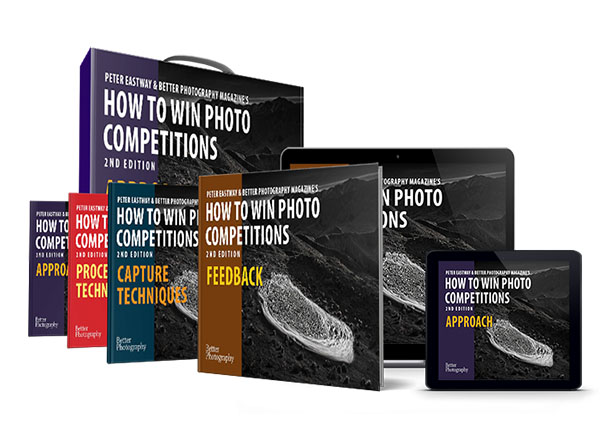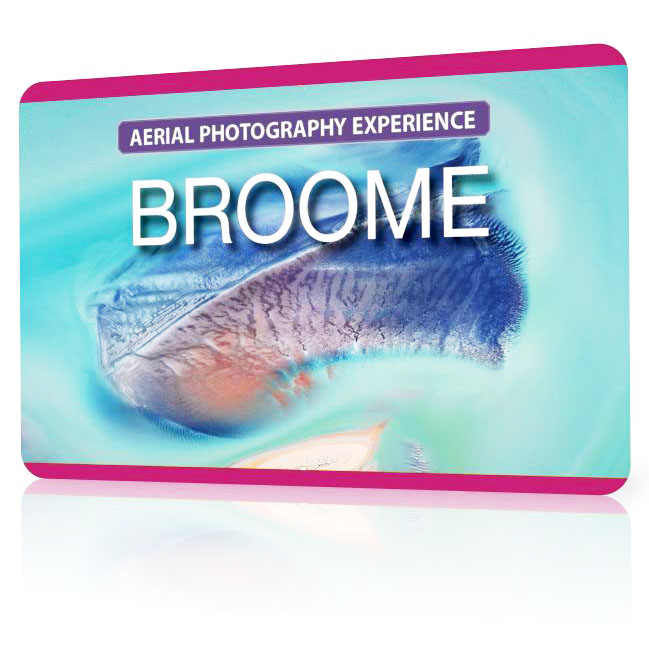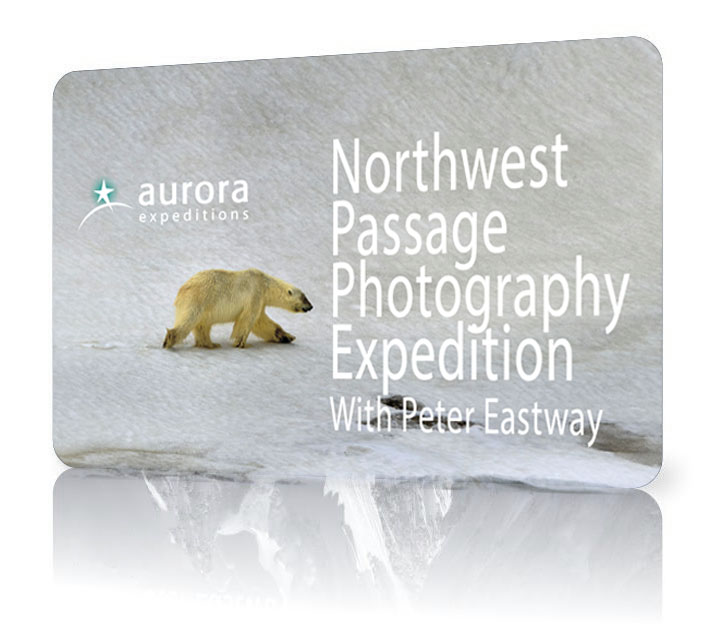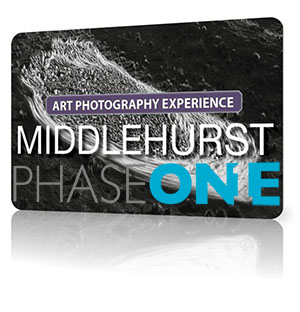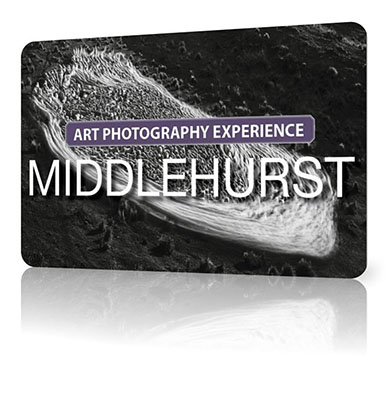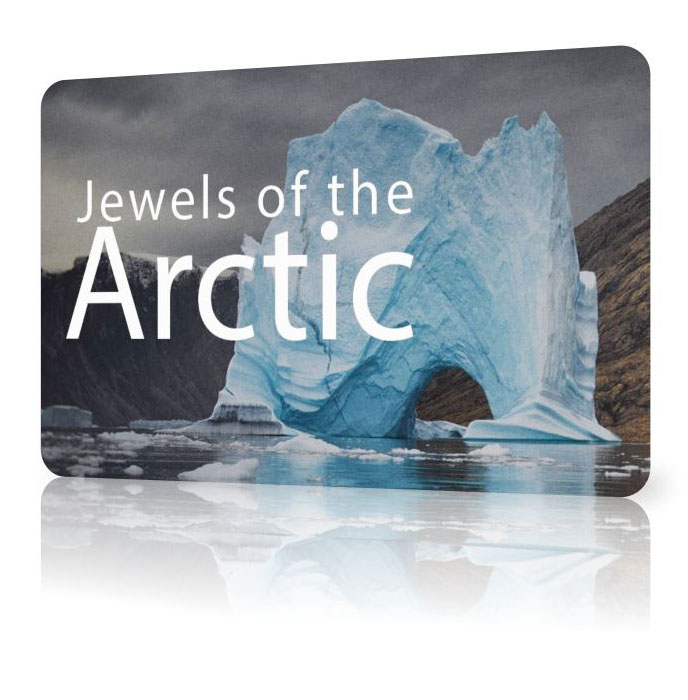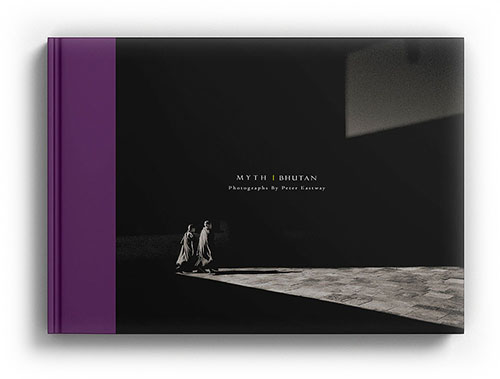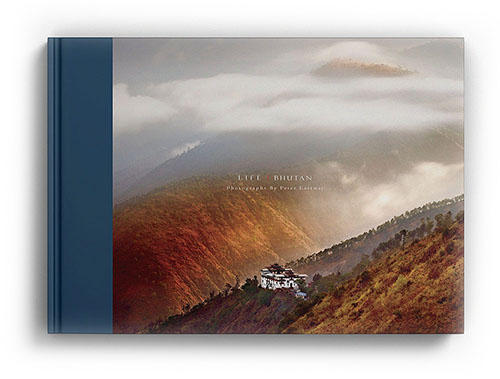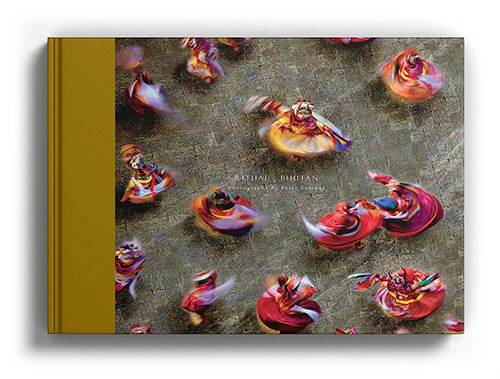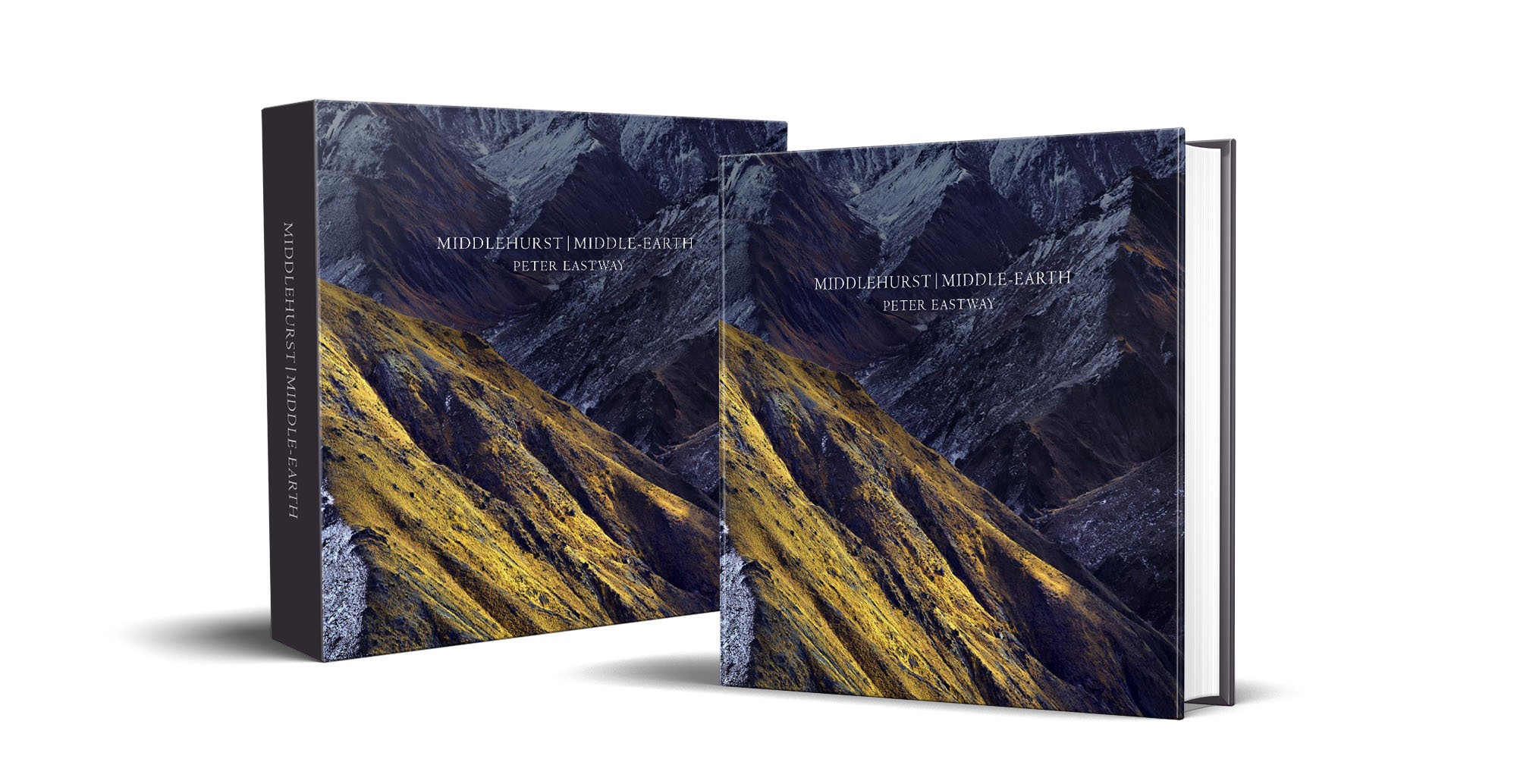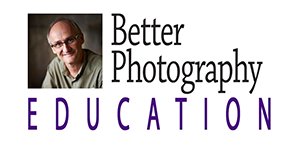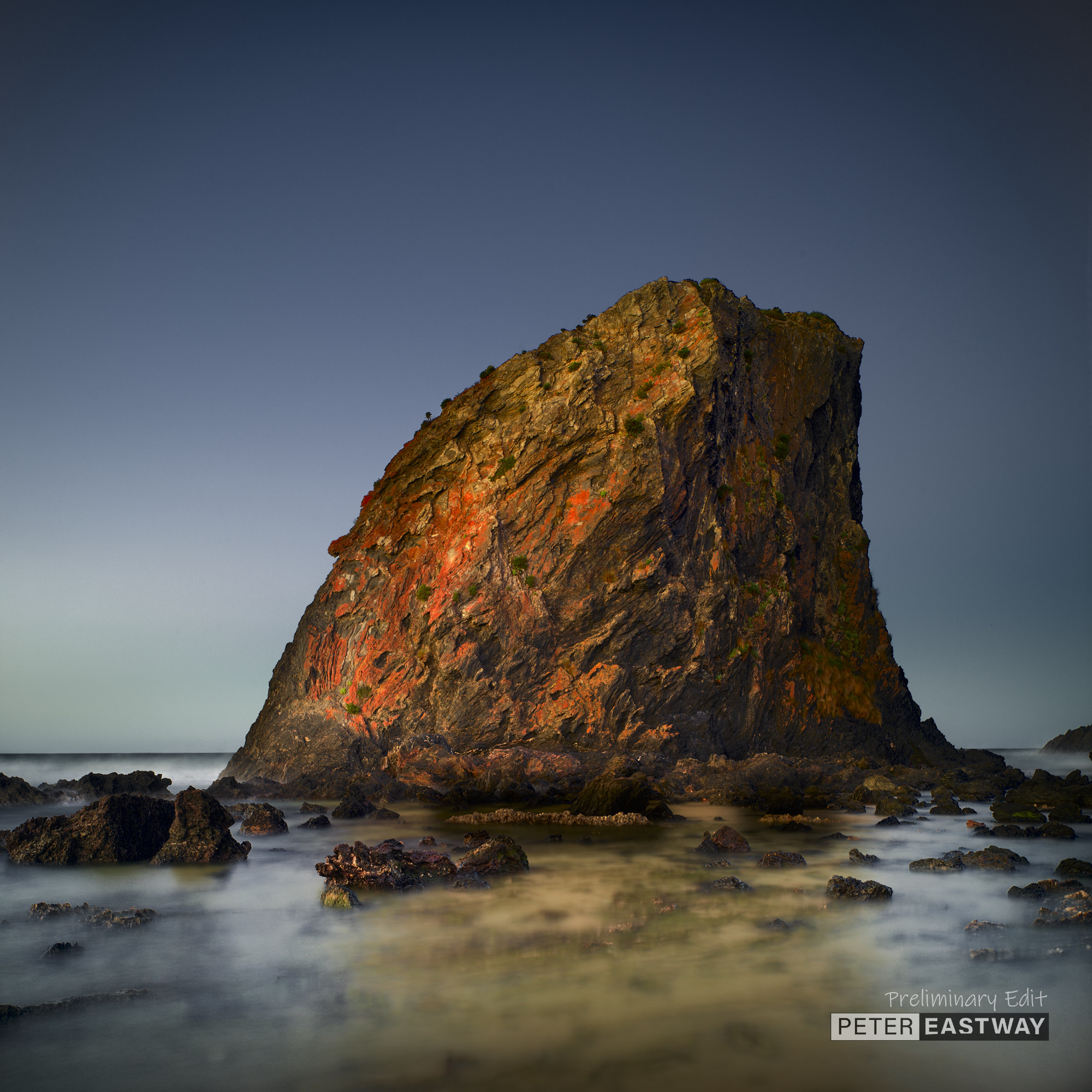Glasshouse Rocks, Narooma, NSW South Coast
Phase One XT, 32mm lens, f11 @ 1/13 second, ISO 50
When you pick up your camera and look through the viewfinder (or look at the LCD screen on the back of the camera), chances are you're looking at a rectangle, usually with a 3:2 or 3:4 ratio. Is this the shape photograph you want to take?
Many photographers have made their names being able to deftly compose within the viewfinder, where every compositional element sits perfectly in its place, with light and tone completing the mastery. And there's no criticism of this as it's certainly a skill.
However, not every subject is best captured with a 3:2 ratio rectangle. Think of those wonderful panoramas, just to make my point - the subject simply wouldn't fit into a smaller frame. Equally, sometimes a rectangle has more space than is actually required. Sometimes a square is better.
Better? Choosing a format is a personal decision and it's hard to say one format is absolutely better than another. However, I'm not sure about you, but when I'm editing my work (or even when I was printing in the darkroom), the size of the paper or the frame is just the starting point. I have no trouble cropping the image to remove unwanted elements and in so doing, the ratio of the frame can be changed.
Similarly, you can choose while shooting to use a different format. I often frame up a subject knowing that during the editing process, it will be cropped square. While a horizontal format image is labelled 'landscape' and a vertical orientation is 'portrait', there's no such label for a square. It could be either or both - and I've heard people suggest that it's the abstract artist's choice because a square doesn't give away any clues.
The image above taken of Glasshouse Rocks at Narooma was always going to be square, from the moment I stood in front of the rock, keeping an eye on the tide as it washed in! It was on our last Narooma photo workshop and my co-presenter Len Metcalf would be very pleased because I don't think I've seen a photograph from him that wasn't square for at least 10 years! Len loves the square and it's an intentional part of his compositional process. It's a part of his signature, of his style.
The takeaway from this blog is that you don't have to stick with the format the camera manufacturers use. They decided on a format for reasons other the photographs you're going to take. Sure, many of us like using the 3:2 and 3:4 ratios and there's nothing wrong with that.
And nothing wrong with being square, either!

